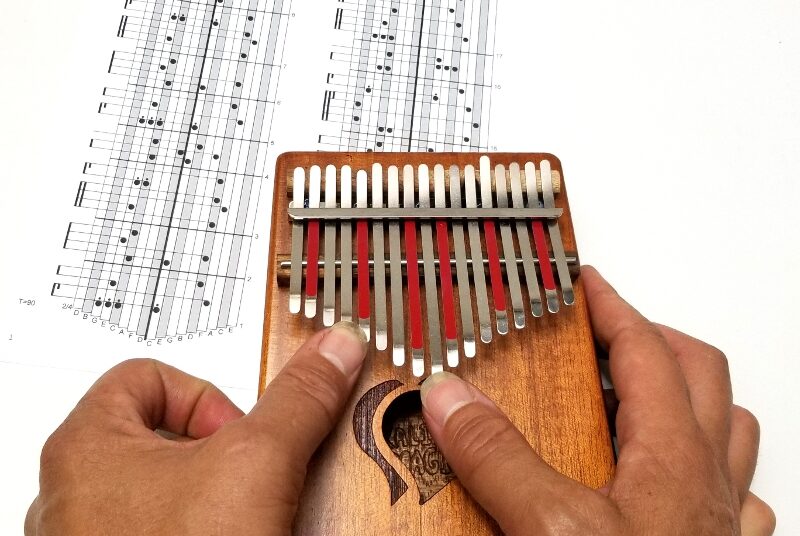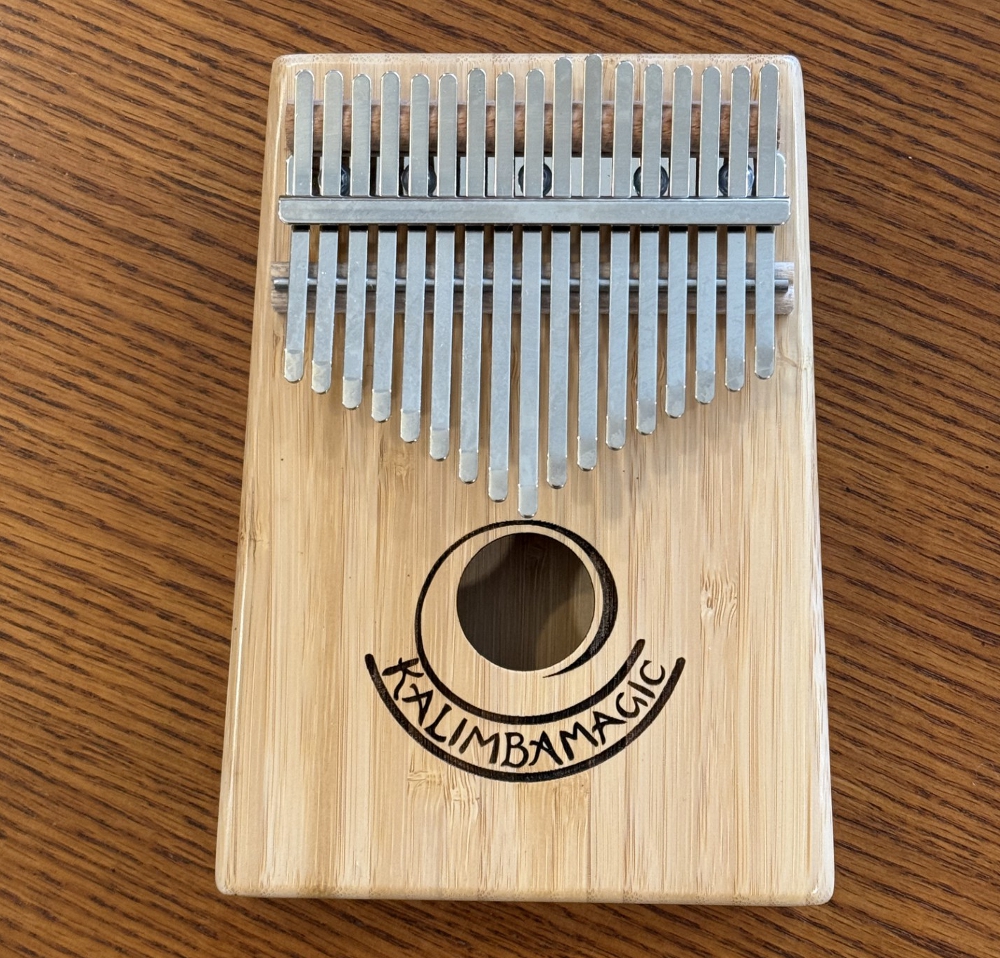
Use of this website constitutes acceptance of the Privacy Policy and User Agreement. Copyright © 2020 Kalimba Magic. All Rights Reserved.
Most people who pick up a kalimba will have an experience rich in play.
There is always a little tug of war going on between structured playing – learning what other people have done on the kalimba between the present and 1000 years before now, or figuring out your own song in a detailed manner, and free play – just playing what comes into your head, or more likely, what your thumbs decide to do.
My best playing and my best experiences occur when I am able to balance structure and freedom.
To further illustrate this concept, let’s consider traditional Shona mbira or karimba music. This music can be many hundreds of years old. As such, it is inherently worthy of being learned. It is an important experience, to feel what it is like to play such traditional music, to feel what it is like to be inside the mind of an ancient African.
However, the very tradition of Shona music features improvisation. You start with a simple structured version of the song, and as you play, you progress to more complex variations. But eventually you are expected to improvise your own variations. If you cannot improvise, just try making some mistakes in the set variations – chances are about 50% that any single error will sound good.
My ideal process – to be able to learn the song well enough that I can present it in a way that sounds solid and complete, so that people listening will immediately know that this song is a thing that is not just made up. But I also then like to drift and make up my own parts, travel through mystical music space, and discover my own way. This sort of approach will also bring more depth and meaning to your playing of the structured parts.
What if you cannot stay on the basic song or variation, but keep falling into free play and improvisation that is not grounded in structure? Then you need to work a little harder at learning the structured music. Believe me, it will be worth it when you are ‘good and grounded’ and can easily reproduce structured music – it will be a better springboard for launching into your own improvisation and free play.
If you want more structure in your playing, check out some of the kalimba instructional books or instructional downloads available for your particular kalimba.


Sign up for our newsletter and free resources with your email address:
We pinky promise not to spam you and to only send good stuff.
 Seek to Infuse Your Musical Moments With Beauty and Magic
Seek to Infuse Your Musical Moments With Beauty and Magic Kalimba Magic – We Give You The Tools You Need to Succeed
Kalimba Magic – We Give You The Tools You Need to Succeed Back in Stock! The Bamboo-17 Kalimba
Back in Stock! The Bamboo-17 KalimbaUse of this website constitutes acceptance of the Privacy Policy and User Agreement. Copyright © 2020 Kalimba Magic. All Rights Reserved.